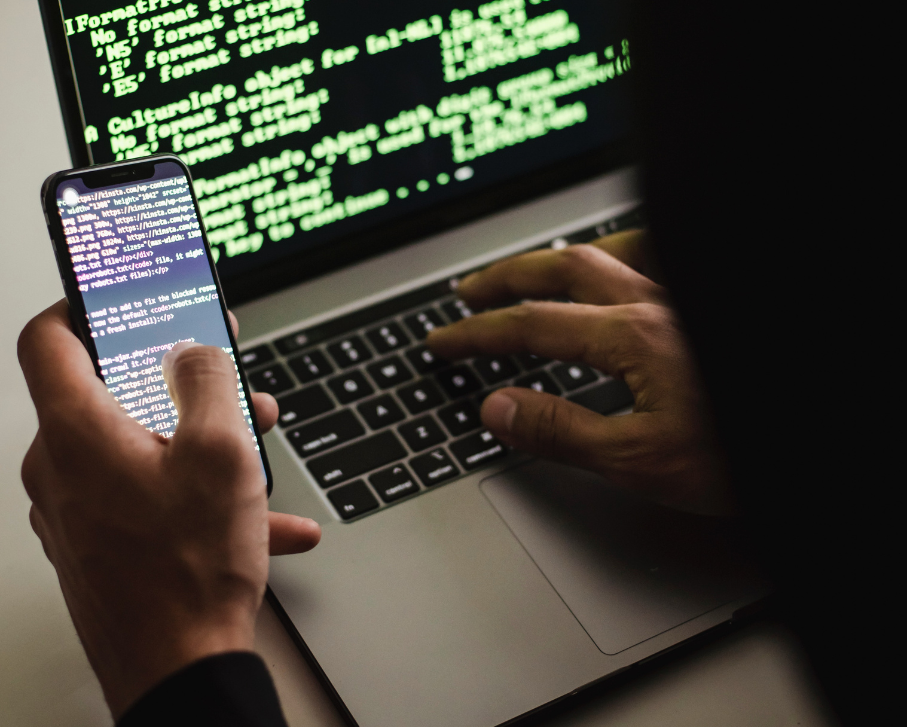

.png)
When a startup is considering opening its first round of investment, many questions arise, but one stands out above all: what percentage of the company should I give up?
.png)
A practical guide to understanding when private funding actually drives the growth of a startup and how to calculate the appropriate amount according to its phase, objectives and scaling projection.

The SETT (Spanish Society for Technological Transformation) is a public business entity created in March 2024, attached to the Ministry for Digital Transformation and Public Service, through the State Secretariat for Telecommunications and Digital Infrastructure.

The Technology Readiness Levels (TRL) or Levels of Technological Maturity have become a key reference for evaluating the degree of development of a technology and, consequently, for determining its eligibility in public funding programs, both at national and European levels.